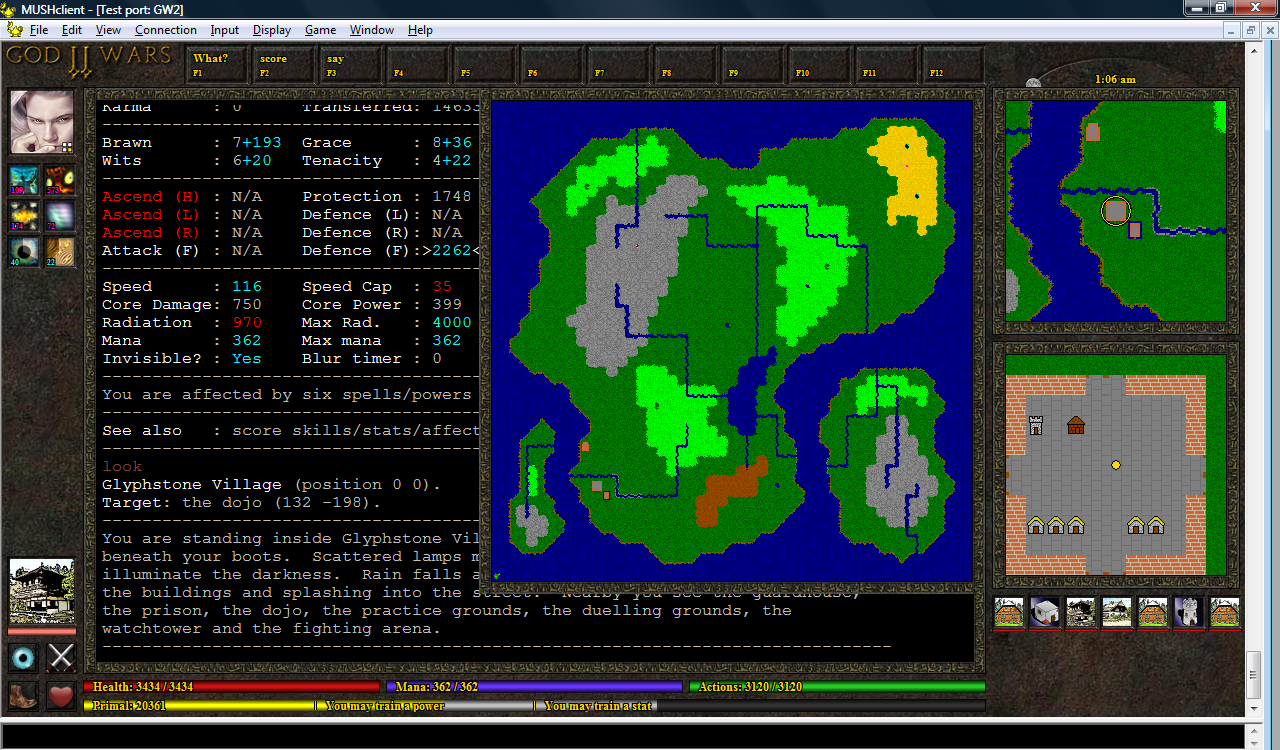Postmodernism, as I have come to understand it, is the ever-changing, oscillating movement that divests itself of the trappings of conventional theory and thinking. It is a heterogenous approach to analysis and self-creation, based on the rejection of "traditionalism" that asserts a lack of uniformity and easily-identifiable rules around which to base ideologies. In short, it is the belief that there is little to no definitive ideology that is universal, and rather than finding universal rules we should seek to understand and document that which is varied and ever-evolving.
George Ritzer, "Why the Web Needs Post-Modern Theory"
This is why postmodernism is an excellent framework with with to view the internet. The internet, being a social space not constrained by physical presence, is in a constant state of change and evolution. We all know the saying “ Once something’s on the internet, it’s there forever.” While this is true, it is the process of both putting something out there and taking it down, as well as the new ways in which we interact with said thing once it is “taken down” that so defines the internet. It is in a constant state of flux, of re-creation, and redefining of its subjects.
The interface for the MUD Godwars II. Source: http://tintin.sourceforge.net/msdp/
For example, let’s look at Turkle’s subject, Stewart. Turkle describes Stewart as a man whose “real life revolves around laboratory work and his plans for a future in science. His only friend is his roommate, another physics student whom he describes as even more reclusive than himself. For Stewart, this circumscribes, almost monastic student life does not represent a radical departure from what has gone before. He has had heart trouble since he was a child.” (Turkle 192-193) Despite this, we see Stewart creating a full, vibrant, exciting life for his personas on various MUDs. Moreso than that, Stewart has multiple character on multiple MUDs, each living an exciting life that Stewart himself cannot physically experience. He goes on adventures, defeats enemies, and has even gotten married to another character, despite having little to know luck with romance in his real life. We can see here a form of identity creation, of curating an online experience through an avatar to life an “ideal self” as Turkle describes Stewart’s MUD experience (196). This ties into George Ritzer’s assertion of “hyperrealism” in which he states “The hyperreal is more real than real; more beautiful than beautiful; truer than true. It is beyond reality in every way. The Internet involves sites that are more real than comparable sites in the material world,” (Ritzer). That is to say, there is a more expansive, idealized form of “realness” on the internet that, due to its ever-evolving, expanding, re-creative nature, allows us to experience more depth and breadth of social and cultural interaction than that which we can when residing solely in the physical world.
The instagram page of Emil Pakarklis, a very popular instagram photographer. Instagram provides extensive tools and methods for personal image curation. Source: https://iphonephotographyschool.com/instagram-famous/
There are few, if any, hard-and-fast, universal “rules” on the internet to gate or restrict your experience. One can create an identity online, whether through an MUD like Stewart, or more commonly through social media pages such as Facebook, Twitter, or Tumblr. This identity can not only be used to interact with people and places beyond physical reach, but can portray to those others an idealized “self” with whom they in turn are interacting. One can even have multiple online identities, and can constantly edit and change these identities to suit their needs. The “identity” part of social media can, and may indeed have to be, analyzed through a postmodern viewpoint. While there are some restrictions online, especially with more widely-used sites such as Facebook, social media allows such heterogenous, unique evolutions and portrayals of identity that we can no longer view them from a traditional lens of seeking universal rules. The ability to customize, diversify, re-create and re-define identity and interaction online make it nearly impossible to universalize as a concept. The curation of identity and experience online allow individuals to become individualized online in a way that exceeds physical, traditional identity and individuality.
Turkle, Sherry, “Aspects of the Self” Chapter 7. Life on the Screen, Simon and Schuster, New York, NY, 1997. (PDF)
Ritzer, George. "The Internet Through a Postmodern Lens." Cyborgology. The Society Pages, 08 Dec. 2012. Web. 29 Mar. 2017.
Turkle, Sherry, “Aspects of the Self” Chapter 7. Life on the Screen, Simon and Schuster, New York, NY, 1997. (PDF)
Ritzer, George. "The Internet Through a Postmodern Lens." Cyborgology. The Society Pages, 08 Dec. 2012. Web. 29 Mar. 2017.


No comments:
Post a Comment